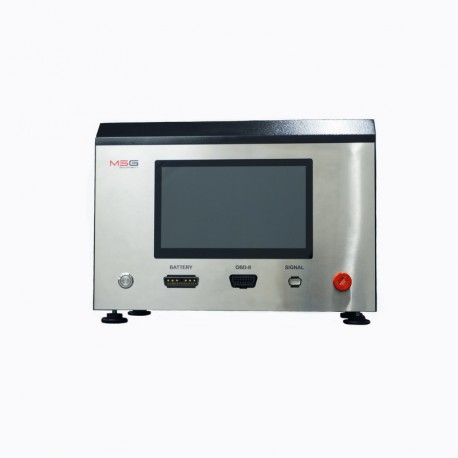MS801 – Tester for diagnostics of battery hybrid and electric vehicles
Price by request
Online presentationMS801 – Tester for diagnostics of battery hybrid and electric vehicles
Dimensions (L×W×H), mm | 440x270x320 |
Weight, kg | 19 |
Power source | single -phase electrical network |
Supply voltage, V | 230 |
Demanded power (max.), kW | 2.2 |
Energy recycling power (max), kW | 1.85 |
Control Interface | - capacitive touchscreen 10.1”; - remote control over a local area network |
Works with data transmission buses | CAN, RS485 |
Connecting a diagnostic scanner | OBDII |
Battery module diagnostics | |
Maximum battery voltage, V | 62 |
Number of series-connected cells with a maximum voltage of 4.2 V per Li-ion cell | from 2 to 15 |
Number of series-connected cells for LFP cells | from 3 to 16 |
Charging current, A | up to 60 |
Discharge current, A | up to 60 |
Energy recycling during discharge | available |
Express test resistive load current, A | up to 120 A (test time 250 ms) |
Number of balancing channels | 16 |
Maximum balancing voltage, V | 4.2 |
Balancing current (charge, discharge), A | from 0.05 to 2 |
Measurement accuracy: Voltage Current |
0.03 % 0.5 % |
Additionally | |
Saving diagnostic results | available |
Software update | available |










